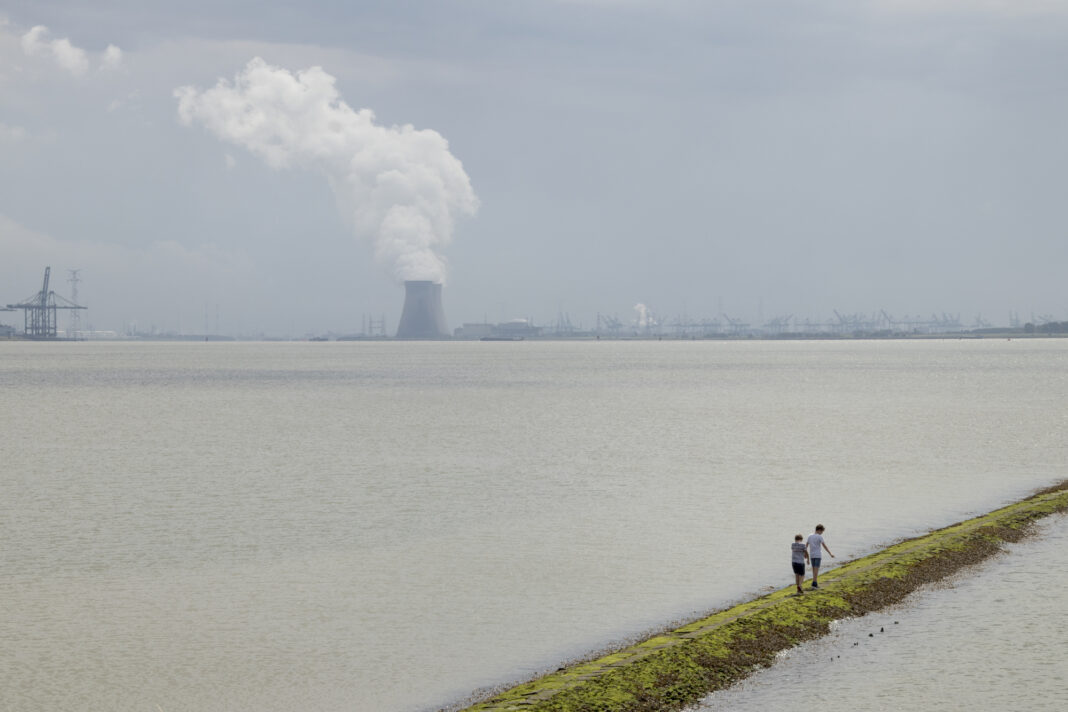The coast is NOT clear. The National Institute for Public Health and the Environment (RIVM) advises everyone to avoid eating any seafood from the Westerschelde area in the Netherlands.
The fish, shrimp, oysters, and mussels from the region contain too many PFAS. How many are too many? Between eight and 10 times more than the average seafood product. 😳
The RIVM warns hobby fishermen in particular who sometimes take their catch home for dinner, the NOS reports.
What are PFAS?
PFAS stands for poly-and perfluoroalkyl substances. It is a collective name for up to 5,000 different chemical substances that don’t occur naturally in the environment.
Not everything is known about PFAS, however, they are bad for the environment because they are not biodegradable and affect the immune system.
Quite a few PFAS are carcinogenic (have the potential to cause cancer) if someone is exposed to them for a long time.
Unrest in Zeeland
The chemical company 3M, located in Zwijndrecht in Belgium discharged thousands of kilos of PFAS in the Scheldt per year, which flows to the sea in Westerschelde, the Netherlands.
Since then, the average amount of PFAS in the area increased significantly. Ingesting fish and other seafood only contributes to the already-high PFAS exposure people experience in the Netherlands.
Monitoring exposure
Municipalities in Westerscheldt argue for a PFAS screening to determine the exposure of the chemicals to the local residents.
GGD Zeeland thinks it’s too early to screen, as they are waiting for a food safety study. However, they maintain the advice to not eat any seafood caught in the area.
They advise everyone to buy fish and shrimp products in stores as it’s less likely they come from such polluted areas.
Want the latest Dutch news to come zooming through the internet to your inbox? Dat kan! Subscribe to DutchReview’s weekly roundup 📮



